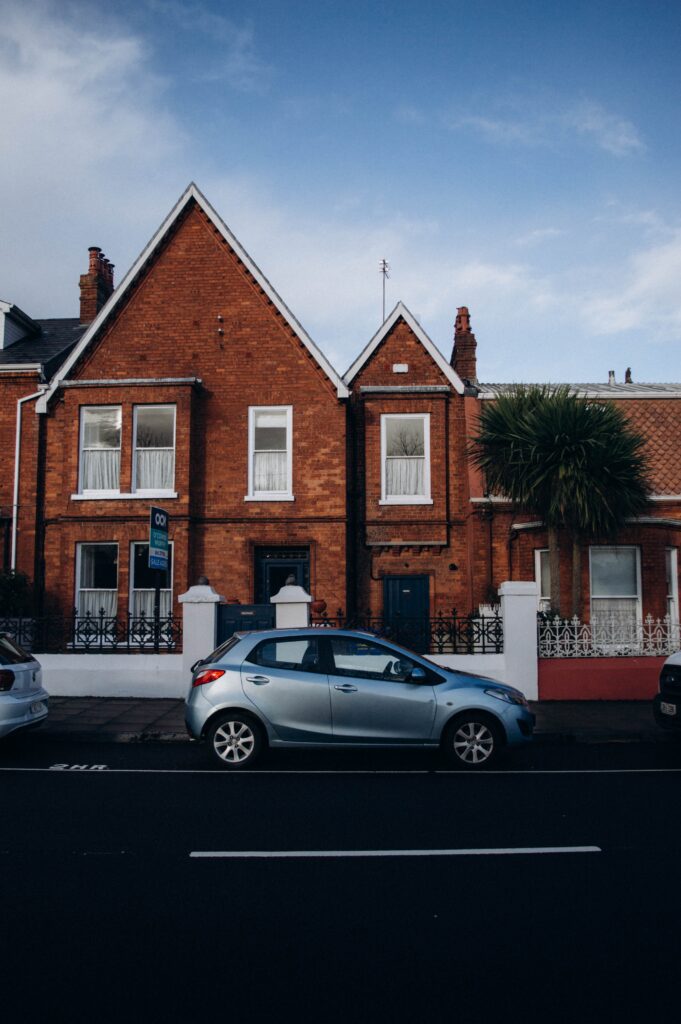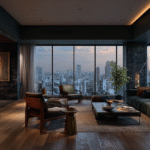The world of design for homes is changing quickly. Modern residential architecture is seeing a lot of interesting changes, from more people working from home to a renewed focus on sustainability and traditional design features. Whether you’re building a new home or remodeling an old one, it’s important to keep up with these trends so you can make a place that truly reflects your values and way of life.
More people working from home
The previous years have drastically changed the way we work, with more people than ever before now working from home. In 2023 and beyond, this trend is only expected to continue as technology continues to make remote work easier and more efficient.
As a result of this shift, modern residential architecture is placing an increased emphasis on creating functional home offices that can accommodate the needs of remote workers. For example, many homes are now being designed with dedicated office spaces equipped with high-speed internet connections and ergonomic furniture.
In addition to dedicated office spaces, modern residential architecture is also incorporating flexible living areas that can serve multiple functions throughout the day. This might include convertible guest rooms or multipurpose rooms that can be used for both work and leisure activities.
It’s clear that the rise of remote work is having a significant impact on modern residential architecture. By prioritizing functionality and flexibility in our living spaces, we can create homes that support our evolving lifestyles and help us thrive in today’s fast-paced world.
A focus on sustainability
As we move towards a more eco-conscious future, the focus on sustainable architecture has become increasingly important. Architects are now taking into consideration factors such as energy efficiency, waste reduction and the use of environmentally-friendly materials in their designs.
One trend that is gaining popularity is the integration of green spaces within residential buildings. This includes living walls, rooftop gardens and balconies with potted plants. These features not only add aesthetic value but also help regulate indoor temperature and air quality while reducing carbon emissions.
Another aspect of sustainable architecture includes using recycled or repurposed building materials to reduce waste produced during construction. The use of natural ventilation systems, solar panels and rainwater harvesting further ensures minimal impact on the environment.
Architects are also exploring innovative ways to incorporate renewable energy sources like geothermal heating and cooling systems into residential properties for long-term sustainability benefits.

Multigenerational living
The concept of creating homes that can accommodate multiple generations at once is gaining traction in modern residential architecture. This is a reference to the common occurrence of individuals from different generations sharing the same home, such as grandparents, parents and/or children. This type of living arrangement is preferred by many families for a variety of reasons.
The ever-increasing expense of housing is one factor that contributes to multigenerational households. When members of the same family live together instead of each making their own rent or mortgage payments, it might be more beneficial financially for the family to combine their resources. Furthermore, it enables members of the same family to offer care for one another in times of emergency.
Homes that include numerous master suites or flats adjacent to the main house are becoming increasingly popular as a result of the current trend in residential architecture. These areas offer a sense of privacy, despite the fact that they are integrated into a larger home.
High-tech homes
The rise of technology has led to a new trend in residential architecture: high-tech homes. Smart home systems are becoming more popular, allowing homeowners to control everything from lighting and heating to security and entertainment with just a few taps on their smartphones.
One of the most exciting developments in high-tech homes is the integration of artificial intelligence (AI) into everyday life. AI-powered voice assistants like Amazon’s Alexa can now be used to control various aspects of the home, such as turning off lights or adjusting temperatures.
Another area where technology is making waves in residential architecture is energy efficiency. Homes are being designed with solar panels, smart thermostats and other green technologies that reduce waste and save homeowners money on utility bills.
High-tech homes also offer enhanced safety features through advanced security cameras, motion sensors and remote access capabilities. Homeowners can check on their property at any time using their smartphones or tablets, providing peace of mind when they’re away from home.
High-tech homes represent an exciting frontier for residential architecture. As technology continues to evolve, we can expect even more innovations that will transform our living spaces into smarter, safer and more sustainable environments.
Conclusion
The trends in residential architecture for 2023 show how our lives and goals are changing. The move towards sustainability is not only the right thing to do, but it’s also fashionable.
As technology gets better, there will be a greater need for a modern design that fits into the world as it is now. If architects and builders keep up with these changes, we can expect even more new building designs in the years to come.
Modern residential architecture is clearly moving in a direction that promotes sustainability, comfort, and functionality. This is excellent for our future-focused world!






